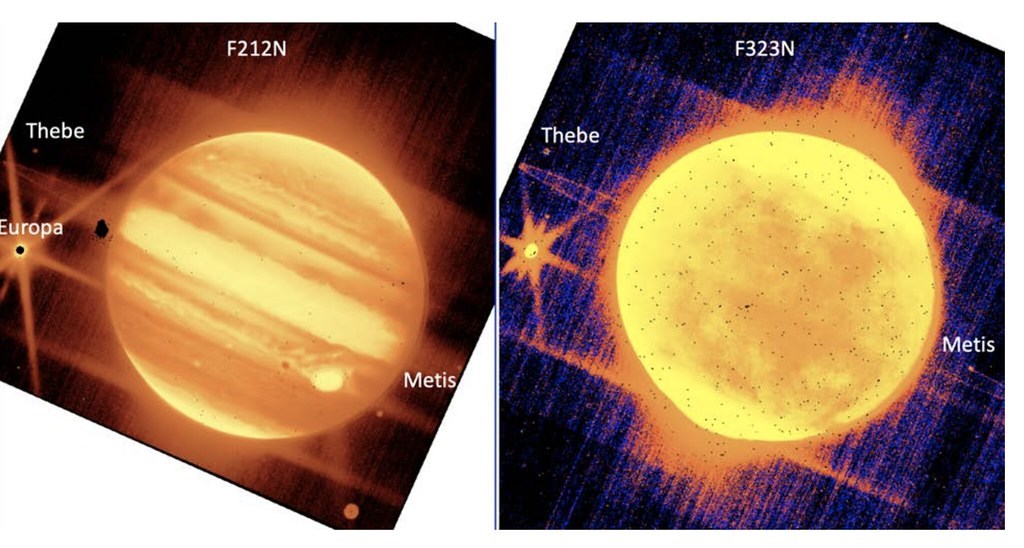
A thermal image of Jupiter from the James Webb Space Telescope. (Image Credit: NASA)
Before the James Webb Space Telescope's (JWST) images were released, Reddit user Phonecloth decided to have a little fun by conjuring a fictional horror story that might make you think about what lies in the universe. It sounds more compelling than the scary discoveries some NASA scientists would otherwise want you to believe. "I work for NASA as an astronomer, and there are certain things we keep hidden from the public. No, the Earth isn't flat, and aliens don't control the government. I wish those were the case, as the truth is much, much worse," the story began.
Of course, it all started in 1993, when Hubble witnessed a star's mysterious disappearance that baffled astronomers. "It didn't go supernova or die naturally; it simply went dark over the span of a few minutes," the story continues. "This star was already too faint to see with the naked eye, and ground-based telescopes had trouble picking it out from among the surrounding stars, so the event wasn't widely known to the public."
More alarmingly, Hubble also captured a binary star system's disappearance in 2007. Naturally, this event caused fear and confusion among NASA astronomers. So they decisively took matters into their own hands and searched for other irregularities, coming across two stars that vanished in the same interstellar neighborhood in 1995 and 2002.
But something more complex is causing this whole ordeal to unfold. A spectrometer detected that each star turned extremely cold. Hydrogen, Carbon, Nitrogen, Oxygen, and Magnesium were present, and filaments even linked one star to the next, producing a web-like structure that spanned light years. You could almost say it was branching out.
However, theories in the tale pointed to alien civilizations building Dyson spheres, a super-advanced speculative tech that traps a star's energy inside the structure. At this point, it looked like they potentially discovered extraterrestrials as originally thought. But, they soon realized their theory was very, very wrong. "Everyone at NASA was fascinated by this mystery," the writer stated. "In hindsight, we may have been better off if we had never discovered the truth."
The story ends with an unexpected twist that makes you think twice about what unfurls in the universe, so be sure to check it out!
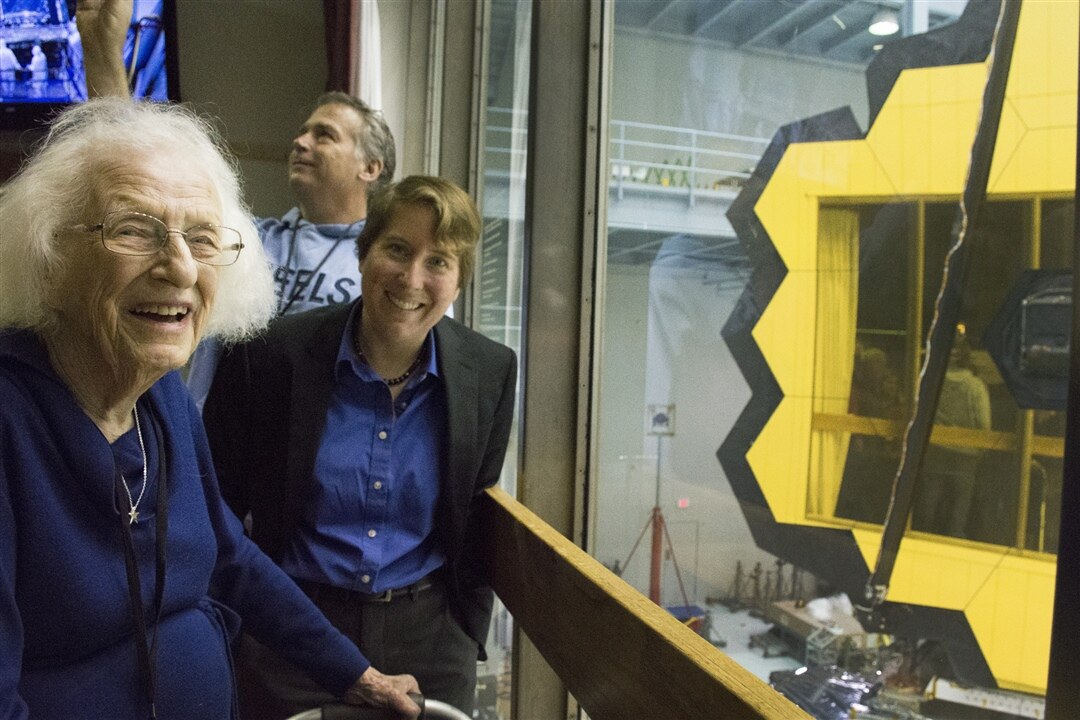
Jane Rigby is responsible for scheduling the JWST's usage time among global scientists. (Image Credit: NASA)
Jane Rigby, an astrophysicist in the Observational Cosmology Lab at NASA's Goddard Space Flight Center, also works as the operations project scientist for the $10 billion Webb telescope. When Webb launched on Christmas Day 2021, Jane and her colleagues worked on preparing the observatory for breakthrough discoveries on the first galaxies, exoplanets, etc. Jane's main interest involves galaxy formation and black hole growth in a galaxy's center.
Her role involves figuring out exactly how global scientists and engineers can use the telescope. This includes selecting proposed observations, creating observational schedules, operating the telescope, retrieving the data, and removing the instrumental signatures. Generally, Webb's usage time is reserved through extremely competitive peer review. They recruited a panel of 200 experts to review and rank over a thousand worldwide proposals for the Cycle 1 General Observer programs. All decisions are reached anonymously, which means both the reviewers and proposals don't know each other and their location.
Webb points anywhere within a third of the sky on any day to ensure the telescope's sunshield is positioned to block light from the Earth, sun, and moon. That observation field determines what the Webb in the sky can see throughout the year. For example, the team calculates how many days and which fixed target Webb can see. Targets in the solar system's plane are available for approximately 60 days a year. Meanwhile, targets outside the plane are available throughout the year.
Also, the team wants Webb to stay active at all times. The telescope transmits data back to Earth during science operations, achieving a data rate of 30 MBPS, slower than a cable modem. However, there are only 57 megapixels of memory within the instruments, which is managed via data compression and by asking users not to hog the data. Users are also given a month-long time slot for their observations.
There are also some differences between Hubble and Webb. For example, the Earth is in Hubble's way half the time, so it slews to the next target during that event. On the other hand, Webb slews slower than a minute hand on a clock and doesn't hide behind the Earth. Turning the JWST 180 degrees takes nearly an hour. Forming a route with Webb requires the team to link up visits that are close together in the sky, preventing large, time-consuming slews.
Webb also has momentum buildup, which means that photons carrying momentum restricts the telescope's lifetime. That's because propellant is a major constraint on Webb's lifetime, and propellant is used for momentum management. Photons hitting the sunshield apply torque, causing Webb's reaction wheels to spin, neutralizing the effect. Even then, the reaction wheels would sometimes need to dump their angular momentum via the reaction wheels' spin, which requires little propellant. Webb has enough propellant to last into the 2040s, so the telescope's components likely determine its lifespan.
Last week, NASA released the first set of images from the James Web Space Telescope, revealing Stephan's Quintet, the Carina Nebula, the Southern Ring Nebula, and readings into WASP-69 b's atmosphere.
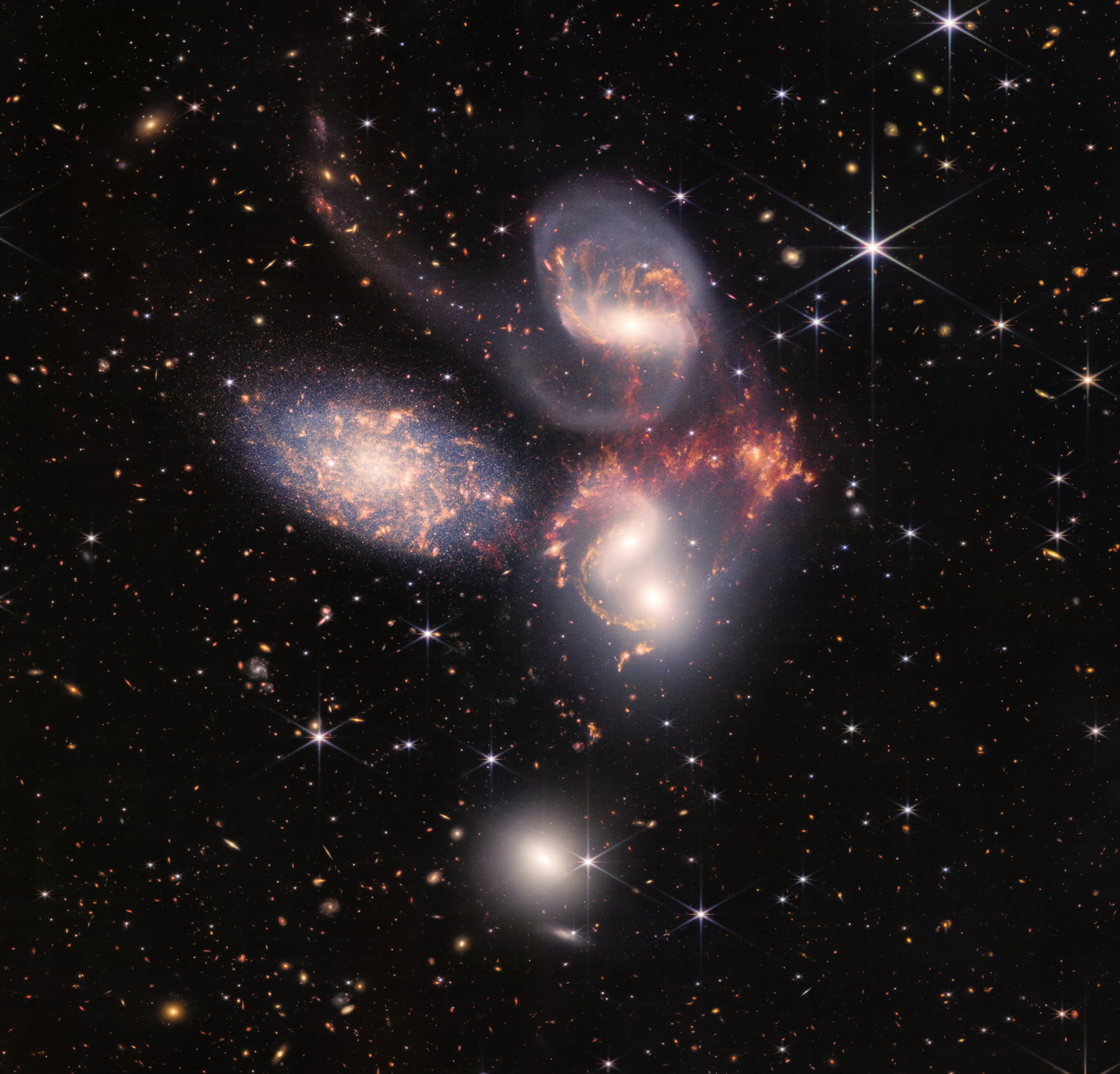
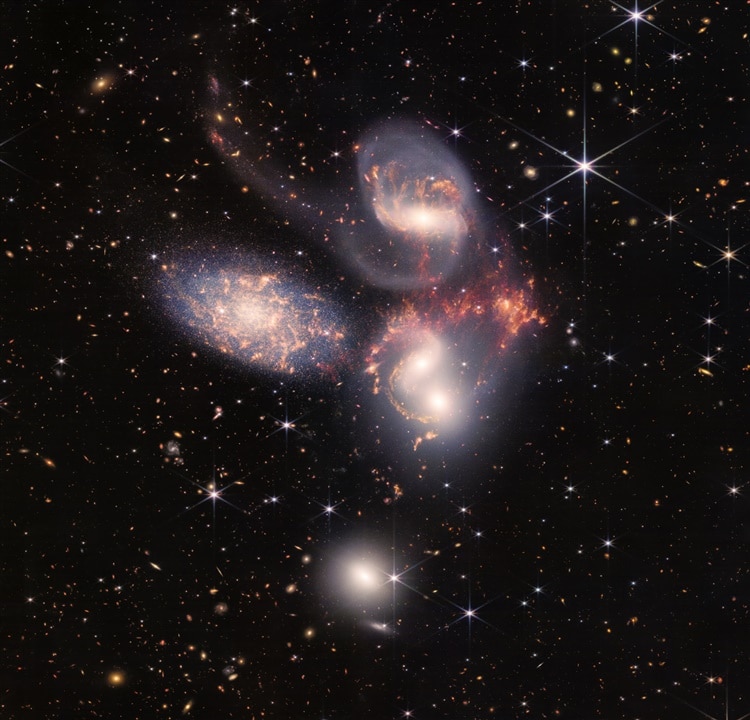
Stephan's Quintet is host to five galaxies. The JWST captured an incredibly clear image of two galaxies merging. (Image Credit: NASA, ESA, CSA, and STScI)
The first image, Stephan's Quintet, shows two out of five galaxies merging. Star formations are occurring due to gas and dust heating up between these galaxies. Observing these galaxy group types could give more insight into large-scale gravitational behavior, possibly leading to dark matter explanations.

This cliff-like landscape shows glowing stars in the Carina Nebula, a star-forming region. (Image Credit: NASA, ESA, CSA, and STScI)
One of the more impressive, highly detailed images shown is the Carina Nebula. Located 7,600 light years from Earth lies a very active star-forming region. The image shows Carina's cosmic cliffs with hundreds of newborn stars illuminating through the nebula. Studying this region could provide scientists with a better understanding of how stars and our solar system formed.
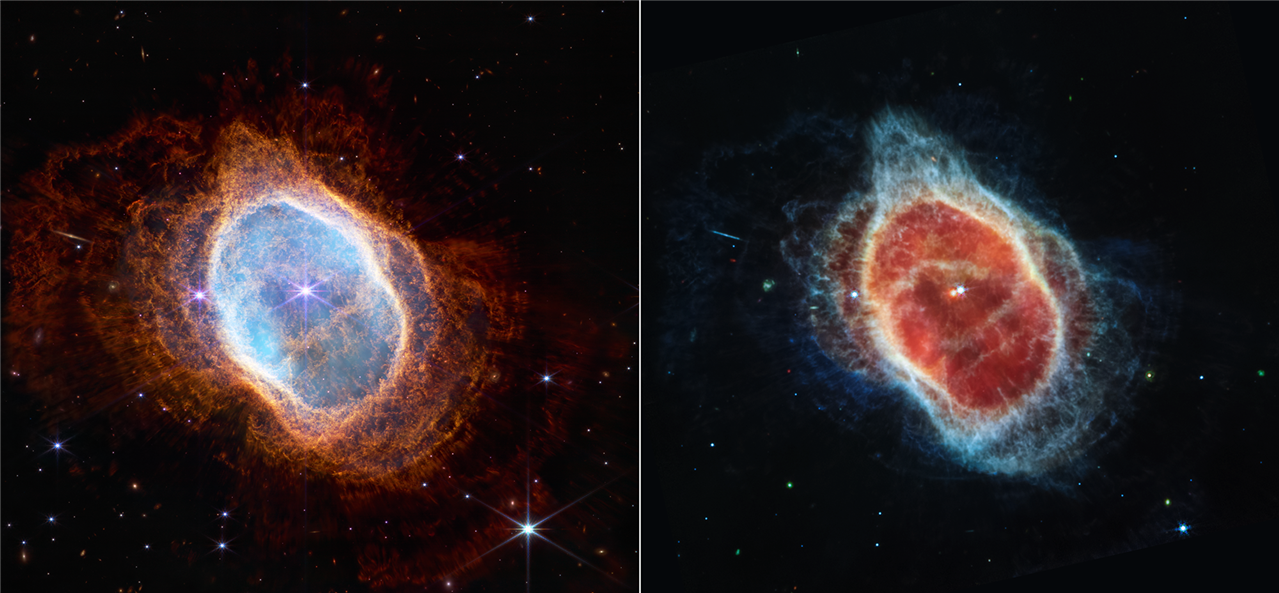
The Southern Ring Nebula image shows a massive dying star that blasted out a cloud of gas and dust. (Image Credit: NASA, ESA, CSA, and STScI)
Up next, Webb captured the Southern Ring Nebula, an enormous dying star located 2,500 light years away that emitted a cloud of gas and dust. The stunning image shows orange molecular hydrogen swirling around blue ionized gas. You can see another redder star glowing on the right of the blue star. This is the first time scientists were able to see the second star covered by cloudy haze. The dying star's dust particles could one day form new stars and planets. Studying these regions could help scientists understand star death and rebirth.

Webb detected the presence of water vapor in WASP-96 b's atmosphere. (Image Credit: NASA, ESA, CSA, and STScI)
The final image represents the atmospheric data of WASP-96b, a giant gaseous planet located 1,150 light years away. The giant planet is about half the size of Jupiter's mass but orbits close enough to the star that one year lasts just 3.4 Earth days. With this orbital period, astronomers can study how the planet's star absorbs light and reemits molecules in the planet's atmosphere. Scientists can then determine the element type and quantity in the atmosphere by breaking down the light spectrum into component wavelengths. For instance, the image shows that WASP-69b has water vapor in its atmosphere.
The JWST has already been hit with meteors and damaged significantly. Every day, its tiny 68GB SSD stores more breathtaking images. Let’s hope that the damage and relatively small storage capacity doesn’t hinder the mission.
Have a story tip? Message me at: http://twitter.com/Cabe_Atwell
